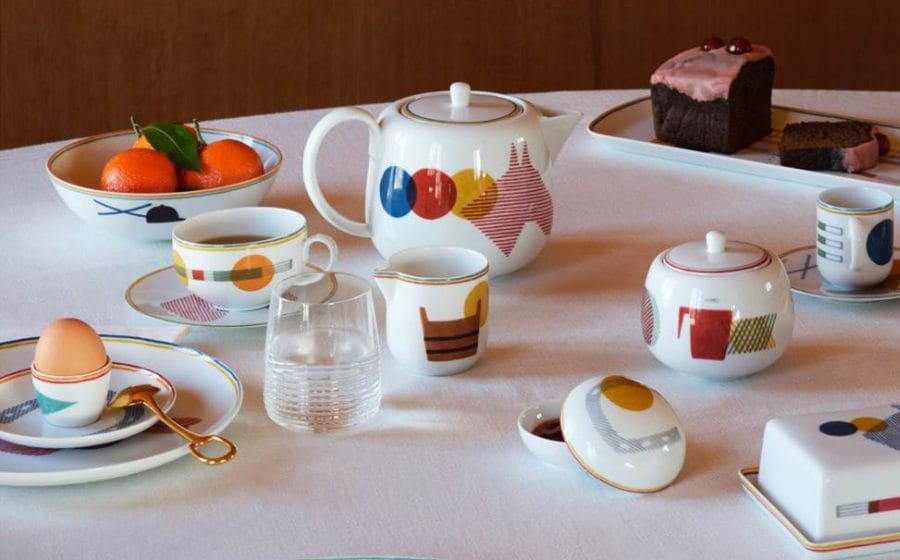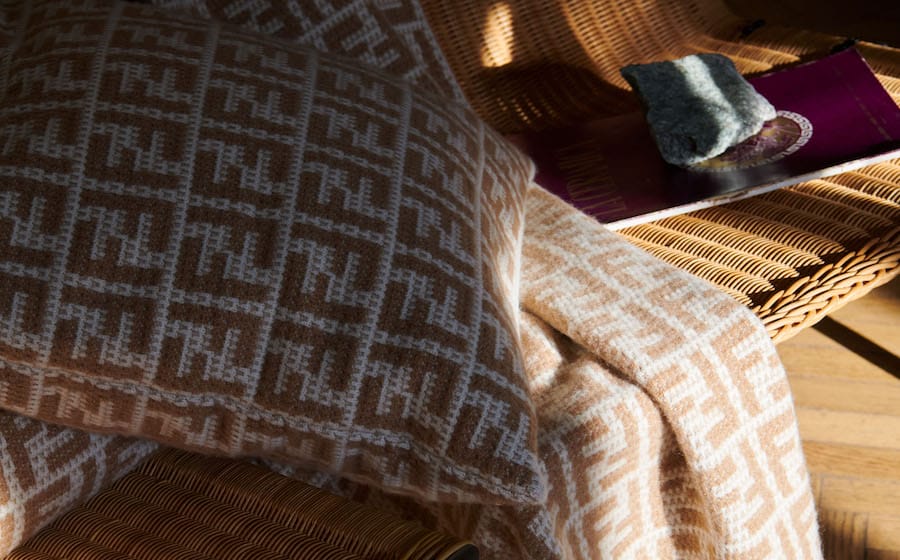The bachelor pad is a cultural icon. First designed by architect Frank Gehry for the pages of Playboy magazine, it symbolised an alternative lifestyle to family and work, earning mythic status among single men of means. And like any legend, these spatial manifestations rose and fell in accordance with their masculine subjects.
MAN SPACE
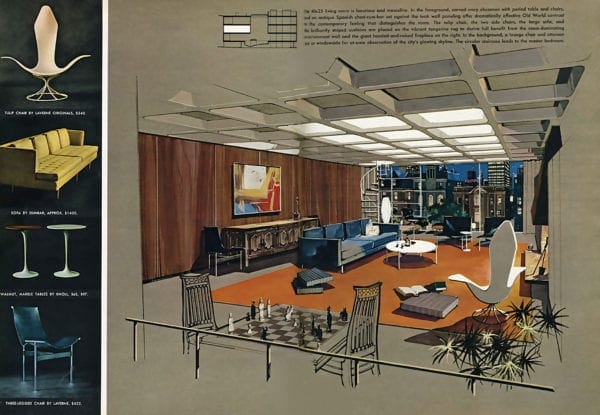
The gendering of domestic spaces has persisted since the Victorian age, where women had the boudoir (with a vanity to sit at and weep about the terrible things done to them) and men had the library and study (for “serious work”). Somewhere around the turn of the last century, women successfully claimed the home as their own, turning it into a feminised enclave, and men, requiring a habitat for their manly habits, carved out the “man cave” as the last masculine bastion within the house. As the idea of the unmarried adult male became less of a societal oddity, the existential necessity of man caves expanded to encompass entire living spaces – all those single men needed some place to stay after all – and thus, the bachelor pad was born.

The original 1960s Playboy vision of the bachelor pad served as a stylish emissary for a modern masculine lifestyle liberated of familial responsibilities and work ethics. It was a place where prosperous and hedonistic males could luxuriate in sybaritic leisure, accompanied by à la mode furnishings that were a leitmotif of the post-war consumerist boom in the 1950s and 1960s. These sleek, sovereign kingdoms – articulated by men’s magazines like Playboy and Esquire – finally gave the single man his own private domain, to fit his moods, suit his needs, and reflect his personality.
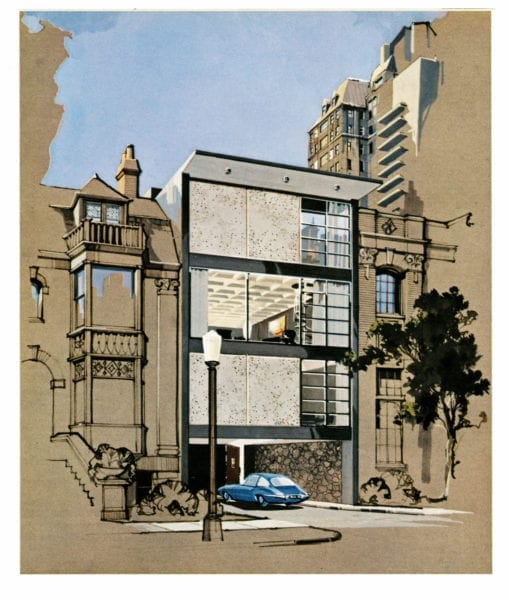
LOVE DEN
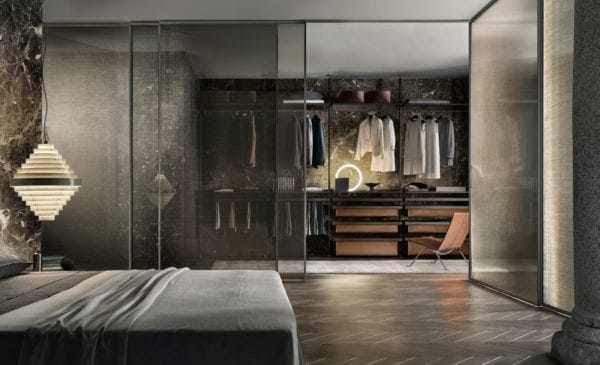
Owing to the nature of the magazines that sold images of these domestic spaces, the bachelor pad inevitably (albeit brilliantly) got linked with the primal desire of getting laid, tapping directly into the wallet of a new consuming male paradigm that thought (and bought) with his crotch. Playboy pads were less about camaraderie with the bros, and more about a single idealised swinger operating like a lone wolf stalking his prey (namely women). It wasn’t long before sole-occupancy apartments dripped with a sexy, come-hither vibe.
Stuffed with multiple aids to seduction, rooms were being designed in anticipation of sexual conquests at a moment’s notice. Well-stocked bars served up inhibition-busting cocktails. Lighting with timed dimmers set an amorous mood as the evening wore on. An array of tasteful artwork reflected his awareness of culture, acting as an irresistible lure. Gratuitous gadgetry indicated modernity and innovation, with omnipotent phallic remote controls that shore up his sense of manhood. There were even some hints of predatory technology; in Pillow Talk, Doris Day learns that Rock Hudson has a button that remotely bolts the door against her escape from his lair.
The bedroom became the bachelor’s most revered performance space that houses the iconic circular “Playboy Bed” as a magnificent temple to practise his libertine ethos. After communion, the entire pad works to eject the evidence, including the comely companion; unrepentant bachelor Barney Stinson (How I Met Your Mother) had his apartment designed in such a way that women would not want to stay there for long.
CRIB CRISIS

The rise of singledom continued into the 21st century, but thanks to a decimated economy, the bachelor’s identity regressed from confident Lothario to impertinent man-child. Ostentatious pads no longer served as home-sized props with the intent of dazzling ladies, but instead became an extension of the inhabitant’s activities – the new breed of bachelor isn’t as preoccupied with hooking up as he is with his hobbies. Just take superhero billionaire playboys Tony Stark and Bruce Wayne: One spends most of his time in a cutting-edge workshop tinkering with various Iron Men; the other lives in an underground bat cave riddled with tech toys for his nightly escapades. Even the famous shared rooms of Sherlock Holmes and Dr Watson were a combination dining room, interview room, laboratory, and library.

Speaking of shared rooms, an increasing number of young bachelors are pooling resources to live together in communal apartments. These pads often feel like a continuation of college frat life, equipped with video game consoles, beer kegs, and pool tables to prolong the carefree adolescent lifestyle. Bachelor pads are now stereotyped as being jockishly messy, with dirty dishes and clothes strewn about – a far cry from the indulgent digs during the Golden Age of the bachelor – and while there are still sleek, modern apartments for single men, the aspirational notion of bachelorhood has certainly diminished.
This article was originally published in Men’s Folio Magazine June 2016

